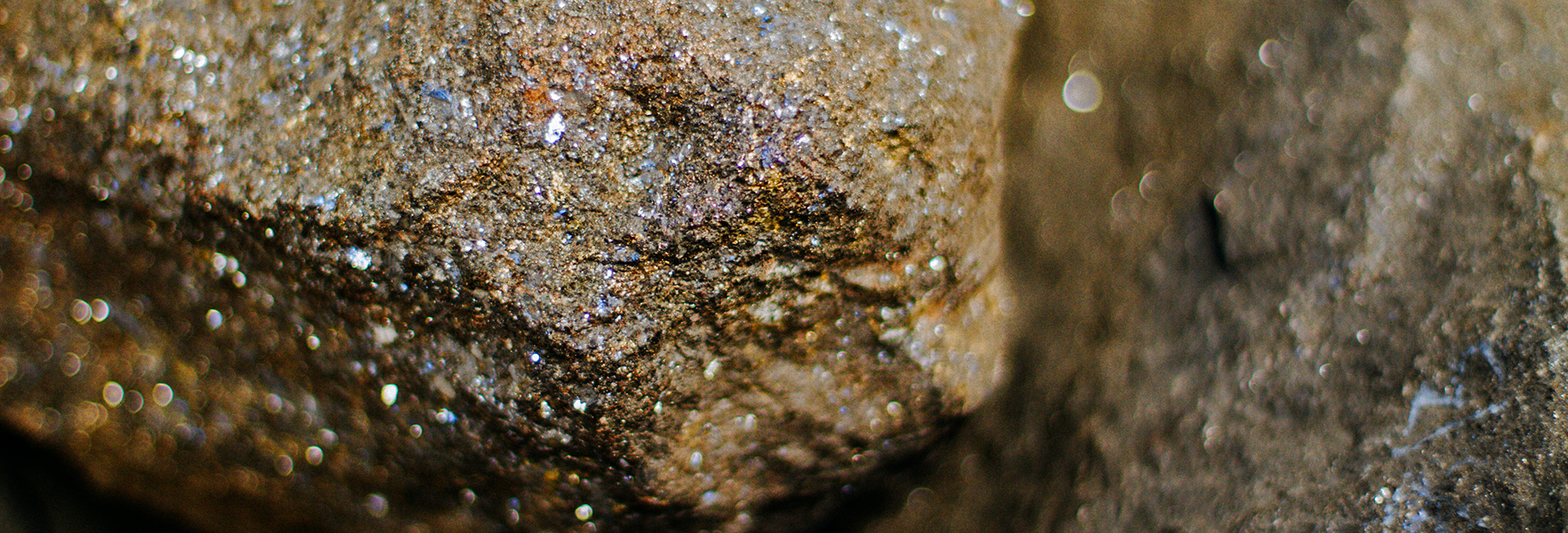
The Centre for Minerals Research is a multi-disciplinary, inter-departmental Research Centre based in the Department of Chemical Engineering, with close collaboration with groups in the Department of Physics, Mechanical Engineering and the Centre for Research into Computational and Applied Mechanics. The Centre originated as a research group in 1980 and became formally recognized as a Research Unit in the 1990s. In 2006 the Unit was accredited by the University as a Research Centre. In 2012 and 2017 this accreditation was re-instated.
The Centre conducts research in the areas of comminution, classification, froth flotation and process mineralogy. Comminution research includes conventional crushers, high pressure grinding rolls, tumbling mills, roller mills, stirred mills and circuit modelling. Classification research includes cyclones, dry and wet screens. Flotation research includes flotation chemistry, flotation cells, flotation froths and circuit simulation. Process mineralogy research includes mineralogical textural descriptors and alteration processes. The overall purpose of this research is “The development of multicomponent models, methodologies and heuristics for the design, integrated simulation and optimization of mineral processing concentrators”.
The processes of comminution, classification and flotation are arguably the most important unit operations in mineral processing. In excess of 2000 million tons of over 100 different mineral species are recovered annually through the process of flotation, which is usually preceded by comminution and classification. Inefficiencies in these processes translate into both an enormous loss of revenue and an unnecessary waste of the world’s valuable and steadily declining mineral reserves.
